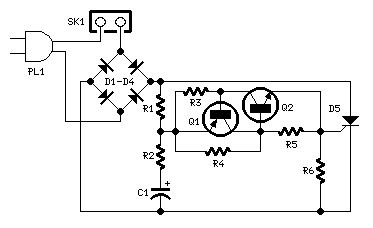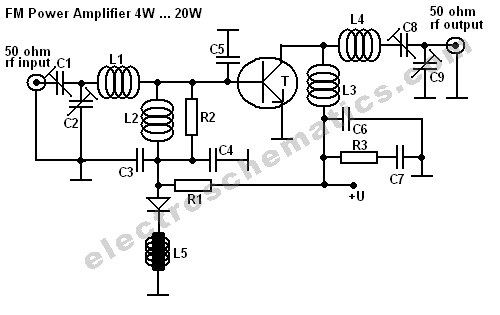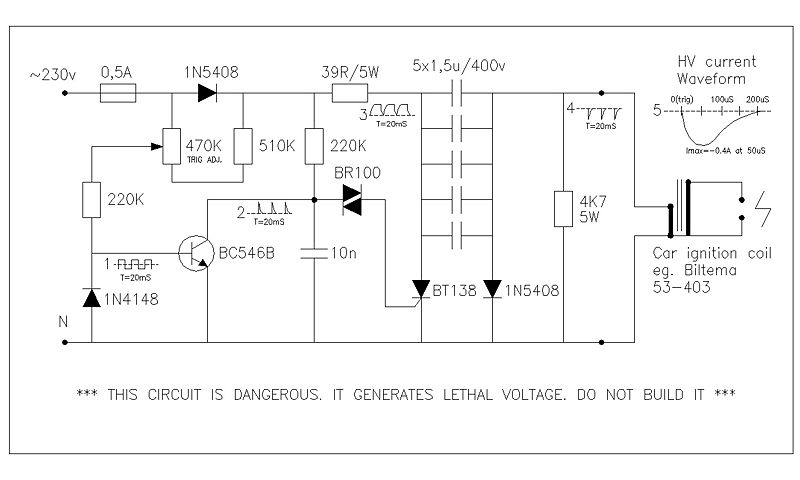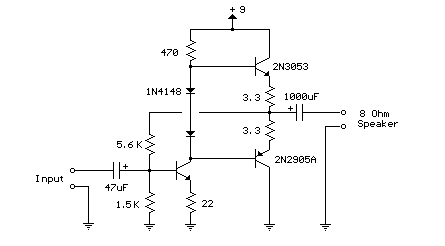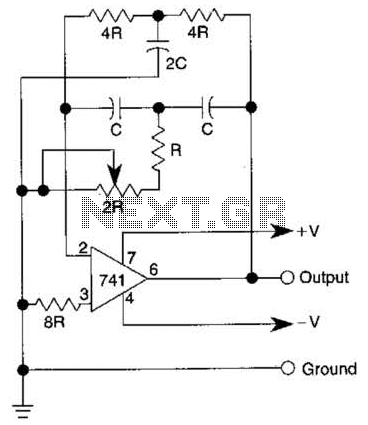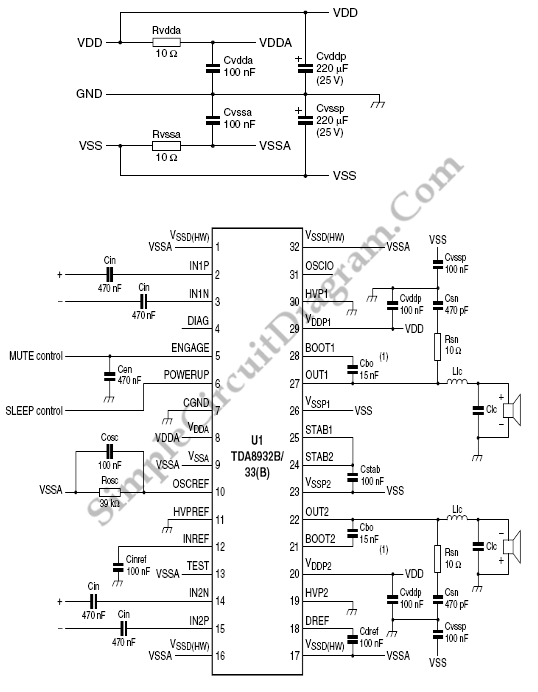
op amp square wave generator

This is a square wave generator circuit. The primary component of this circuit is the 741, a general-purpose operational amplifier. The circuit operates with a single power supply voltage (Vs) that can vary between +5V and +15V. The square wave output can be easily adjusted. Timing is determined by capacitors and resistors C1, R4, R5, R6, and R7, while the duration is controlled by resistors R1, R2, and R3. Pulse symmetry is achieved by ensuring that the resistance from pin 3 to ground is equal to the resistance from pin 3 to Vs. If desired, R1, R2, and R3 can be replaced with two equal resistors connected to pin 3, one linked to Vs and the other to ground.
The square wave generator circuit utilizes the 741 operational amplifier in a configuration that allows for the generation of a square wave output. The circuit's performance is influenced by the selection of timing components, specifically the capacitor C1 and the resistors R4, R5, R6, and R7, which define the frequency of oscillation. The resistors R1, R2, and R3 are responsible for setting the duration of the high and low states of the output waveform, thus controlling the duty cycle.
To achieve pulse symmetry, it is important that the resistance to ground from pin 3 of the op-amp is equal to the resistance to Vs. This balance ensures that the transitions between high and low states are consistent and results in a symmetrical square wave. For applications requiring precise symmetry, it is recommended to replace the resistors R1, R2, and R3 with two equal resistors connected to the output pin. One resistor connects to the positive supply voltage (Vs), while the other connects to ground, effectively creating a voltage divider that maintains symmetry in the output waveform.
The circuit can be powered by a single supply voltage, simplifying the design and reducing component count. The adjustable nature of the output frequency and duty cycle makes this square wave generator suitable for various applications, including clock signals for digital circuits, timing applications, and waveform testing. Proper selection of the timing components allows for fine-tuning of the output characteristics, making it a versatile tool in electronic design and experimentation.This is a square wave generator circuit. The main component of this circuit is the 741, a general-purpose operational amplifier. This circuit employs a single power supply Vs that can range from +5V to +15V. The square wave output of this circuit is easy to adjust. `Timing` is defined by C1, R4, R5, R6, and R7 while duration is defined by R1, R2, and R3. Pulse symmetry is achieved by making the resistance from pin 3 to ground equal to the resistance from pin 3 to Vs. If this is desired, then R1, R2, and R3 may simply be replaced by two equal resistors from pin 3, one of which is tied to Vs while the other is tied to ground.
🔗 External reference
The square wave generator circuit utilizes the 741 operational amplifier in a configuration that allows for the generation of a square wave output. The circuit's performance is influenced by the selection of timing components, specifically the capacitor C1 and the resistors R4, R5, R6, and R7, which define the frequency of oscillation. The resistors R1, R2, and R3 are responsible for setting the duration of the high and low states of the output waveform, thus controlling the duty cycle.
To achieve pulse symmetry, it is important that the resistance to ground from pin 3 of the op-amp is equal to the resistance to Vs. This balance ensures that the transitions between high and low states are consistent and results in a symmetrical square wave. For applications requiring precise symmetry, it is recommended to replace the resistors R1, R2, and R3 with two equal resistors connected to the output pin. One resistor connects to the positive supply voltage (Vs), while the other connects to ground, effectively creating a voltage divider that maintains symmetry in the output waveform.
The circuit can be powered by a single supply voltage, simplifying the design and reducing component count. The adjustable nature of the output frequency and duty cycle makes this square wave generator suitable for various applications, including clock signals for digital circuits, timing applications, and waveform testing. Proper selection of the timing components allows for fine-tuning of the output characteristics, making it a versatile tool in electronic design and experimentation.This is a square wave generator circuit. The main component of this circuit is the 741, a general-purpose operational amplifier. This circuit employs a single power supply Vs that can range from +5V to +15V. The square wave output of this circuit is easy to adjust. `Timing` is defined by C1, R4, R5, R6, and R7 while duration is defined by R1, R2, and R3. Pulse symmetry is achieved by making the resistance from pin 3 to ground equal to the resistance from pin 3 to Vs. If this is desired, then R1, R2, and R3 may simply be replaced by two equal resistors from pin 3, one of which is tied to Vs while the other is tied to ground.
🔗 External reference
